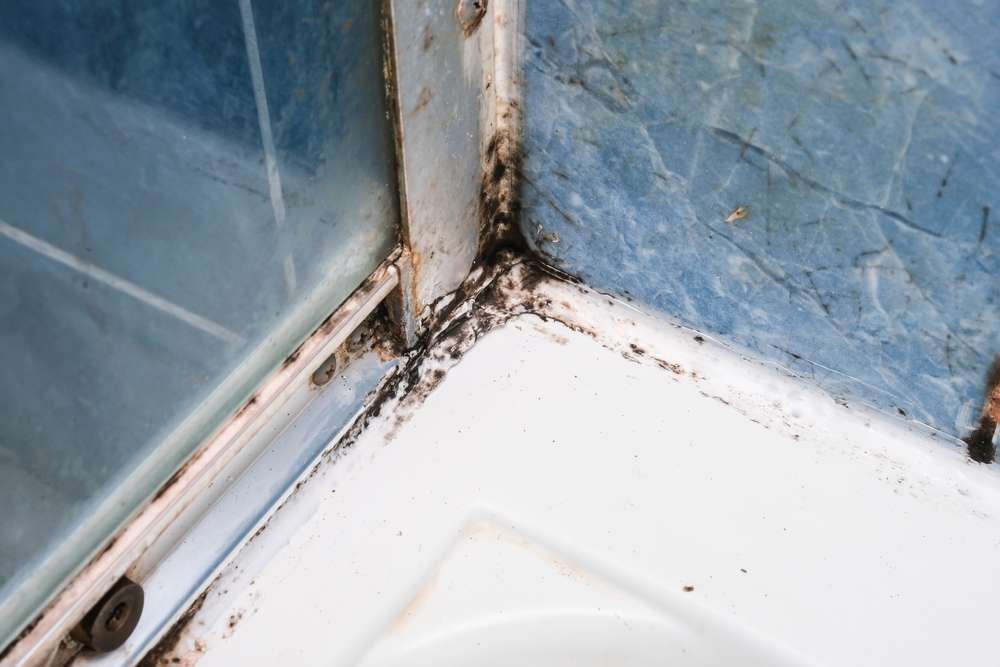Balancing natural and artificial light in wet spaces
Effective lighting in wet spaces requires attention to both natural and artificial sources while accounting for moisture, ventilation, and durable finishes. This article explains practical strategies to manage humidity, prevent mildew and mold, and protect materials like tiles and grout while maintaining safe, comfortable illumination.

Balancing natural and artificial light in a wet space means designing for visibility, safety, and material longevity while managing moisture and airflow. Natural light brings warmth and accurate color rendering, but it can highlight watermarks and accelerate temperature shifts that affect humidity. Artificial lighting fills gaps when daylight is limited and can be tailored to resist moisture with appropriate fixtures and IP ratings. When planning, consider how lighting layout interacts with ventilation, drainage, and plumbing so that illumination supports everyday use without compromising waterproofing, caulking, or sealant integrity. Regular maintenance reduces the risk of mildew and mold and keeps tiles and grout performing as intended.
How does lighting interact with ventilation and humidity?
Lighting choices influence perceived temperature and can indirectly affect humidity management. Placing windows or skylights to increase natural light should be balanced with vents or exhaust fans to maintain airflow and reduce condensation. Artificial fixtures that emit heat may slightly raise local humidity if airflow is poor, so pairing lighting with adequate ventilation helps control moisture levels. Consider sensors that trigger exhaust fans when humidity rises; coordinating lighting and ventilation controls can improve comfort and reduce the conditions that encourage mold growth.
How to reduce mold and mildew with airflow and maintenance?
Preventing mold and mildew is primarily about controlling humidity and ensuring good airflow. Use exhaust fans with sufficient capacity for the room size and run them long enough after showers to lower moisture. Routine maintenance—wiping down wet surfaces, cleaning grout lines, and inspecting sealant—limits organic material that supports mildew. Mechanical ventilation combined with occasional natural airing (opening windows when weather permits) creates a balanced environment where spores are less likely to colonize porous surfaces like grout or the edges of tiles.
What role do tiles, grout, and waterproofing play?
Tiles and grout form the first line of defense in wet spaces, but their performance depends on correct installation and ongoing waterproofing. Properly sealed grout and the use of quality sealant protect substrate materials from water ingress. Waterproofing membranes behind tiles reduce the risk of hidden water damage that can affect plumbing or structural elements. Regular checks of grout condition and resealing when needed help preserve both moisture resistance and aesthetic finish while limiting places where mildew can take hold.
How to protect seams: caulking, sealant, and plumbing?
Seams around tubs, sinks, and shower enclosures require durable caulking and sealant to prevent leaks that can undermine finishes and encourage mold. Choose materials rated for wet environments and follow manufacturer guidance on surface preparation and cure times. Inspect the joints periodically for cracking or detachment, and address any plumbing leaks promptly to avoid prolonged exposure. Properly routed drainage and sound plumbing installation reduce stress on seals and minimize the need for frequent repairs.
How should drainage and sensors be integrated?
Good drainage prevents standing water that promotes mildew and degrades materials over time. Floor slopes, accessible drains, and waterproof thresholds contribute to reliable water management. Integrating humidity sensors with ventilation controls creates automated responses to elevated moisture; these can activate fans or adjust heating to accelerate drying. Sensors can also be part of lighting controls, ensuring that artificial light is present only when needed and that ventilation works in concert to protect finishes and maintain indoor air quality.
What lighting strategies suit wet spaces?
Select fixtures with appropriate ingress protection (IP) ratings and choose mounting locations that minimize direct water exposure. Diffused natural light from frosted glazing or high windows reduces glare while preserving privacy. LED lighting is common for wet spaces because of low heat output and durability; opt for damp- or wet-rated fixtures near showers and tubs. Layer lighting—ambient, task, and accent—so mirror illumination, for example, provides even facial lighting without creating shadowed, damp corners. Regular cleaning and maintenance of fixtures and surrounding sealants help preserve both light quality and waterproofing.
In wet spaces, balancing natural and artificial light is a multidisciplinary task that touches ventilation, drainage, and material care. Thoughtful placement of windows and fixtures, the use of moisture-rated components, attention to tiles, grout, caulking, and sealant, and the integration of sensors for humidity and ventilation all contribute to safe, comfortable environments. Routine maintenance and prompt attention to plumbing and seal failures reduce the risk of mildew and mold, extending the lifespan of finishes while keeping illumination effective and reliable.





